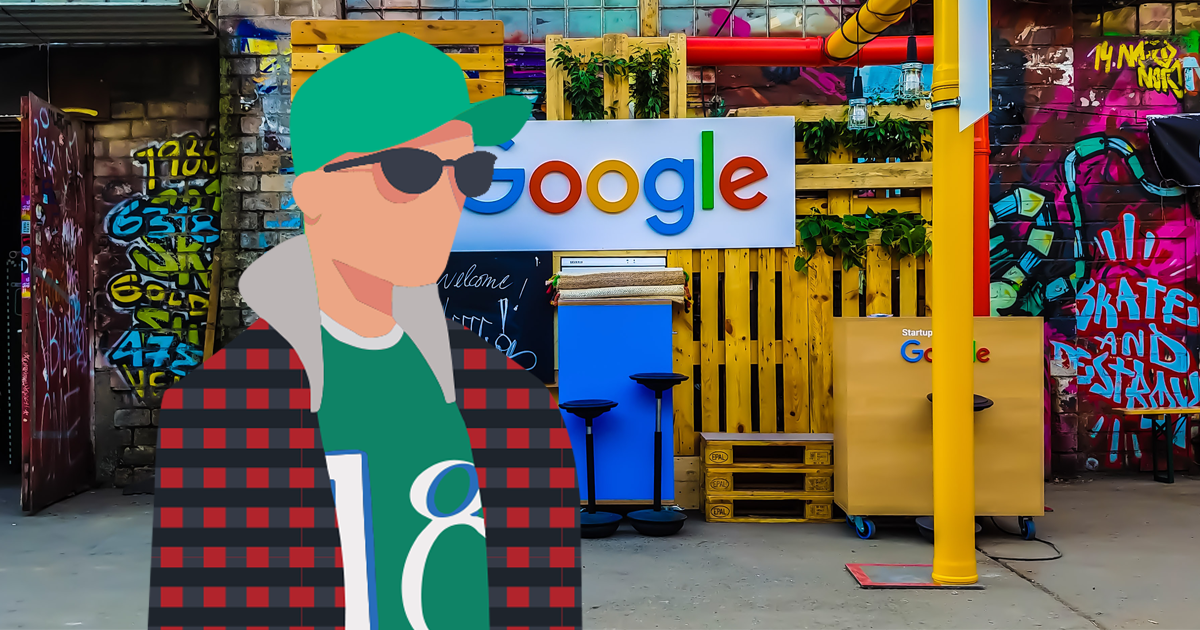By now, you’ve probably heard the term “FLoC” mentioned in various circles in the industry. This relatively new acronym stands for Federated Learning of Cohorts, and it was introduced by Google as a possible alternative to third-party cookie tracking.
As the world is now aware, Google plans to disable those cookies on its Chrome browsers by 2022. But the tech giant is already proposing solutions to its own problem. And FLoC is one of them.
So, as publishers and advertisers prepare for a cookie-less world, it’s important for them to understand what FLoC actually is — including its alleged benefits, main drawbacks, possible alternatives, and the most promising solution out there, today.
Here’s what you need to know.
What is FLoC?
FLoC is a form of ad targeting that publishers and advertisers can use to reach consumers based on their interests.
Here’s a simple explanation of how it works: Algorithms use browser data like site visits and engagements to group people into clusters, so brands can target them as cohorts instead of individuals. This way, people’s identities are protected and they don’t have to reveal personal information in order to enjoy personalized ad experiences.
A sports brand, for example, can see that cohorts 1002 and 2854 are interested in home gym equipment. The retailer can then launch ad campaigns that reach those cohorts, delivering relevant messaging that they’re likely to engage with.
FLoC is currently being tested on Google Chrome browsers in select markets, such as Australia, Canada, Japan, and the U.S. Google also recently launched Chrome Settings that allow users to opt out of being included in FLoC.
Why is FLoC being developed?
FLoC is being developed as part of Google’s Privacy Sandbox initiative to create a safer, more transparent, and more user-friendly web experience — and take the place of third-party cookies. Contrary to third-party cookies, FLoC won’t reveal users’ individual IDs.
What are the benefits of FLoC?
Google outlined four major benefits of FLoC for businesses seeking solutions to a cookieless world, including:
- Building audiences for campaign targeting
- Reporting conversions and attributing engagement across the customer journey
- Preventing ad fraud
- Protecting consumer privacy through anti-fingerprinting
What are the drawbacks of FLoC?
Despite its potential benefits, FLoC is still Google’s own solution. Meaning, brands that use it will still be beholden to Google’s algorithms and data capabilities. Other powerful players in the tech space can also find ways to abuse FLoC, such as by revealing people’s interests and sensitive information, and invading their privacy.
In fact, companies like Apple, Electronic Frontier Foundation are already speaking out against FLoC due to its privacy risks.
What are alternatives to FLoC?
FLoC is only one potential solution to the death of the third-party cookie. But publishers and advertisers also have an opportunity to explore other solutions, such as:
- TURTLEDOVE. This is another Google program that uses browser data to create interest groups for on-device bidding.
- Universal IDs. Ad tech companies are creating standardized IDs that companies across the web can use to share data. The Trade Desk, for example, built Unified ID 1.0 and 2.0.
The best solution for the end of third-party cookies
Hint: it’s not FLoC. In fact, the best solution is already at the fingertips of most brands and publishers. The most fool-proof solution is for companies to cultivate their own first-party data — such as through email and subscriber lists — so they can be in control of their audience relationships and campaign targeting.
Jeeng works closely with brands and publishers to leverage their first-party data to improve consumer experiences, increase engagement, and drive revenue. For the companies we work with, the end of third-party cookies is a non-issue. Want more info? Reach out to us, today.


